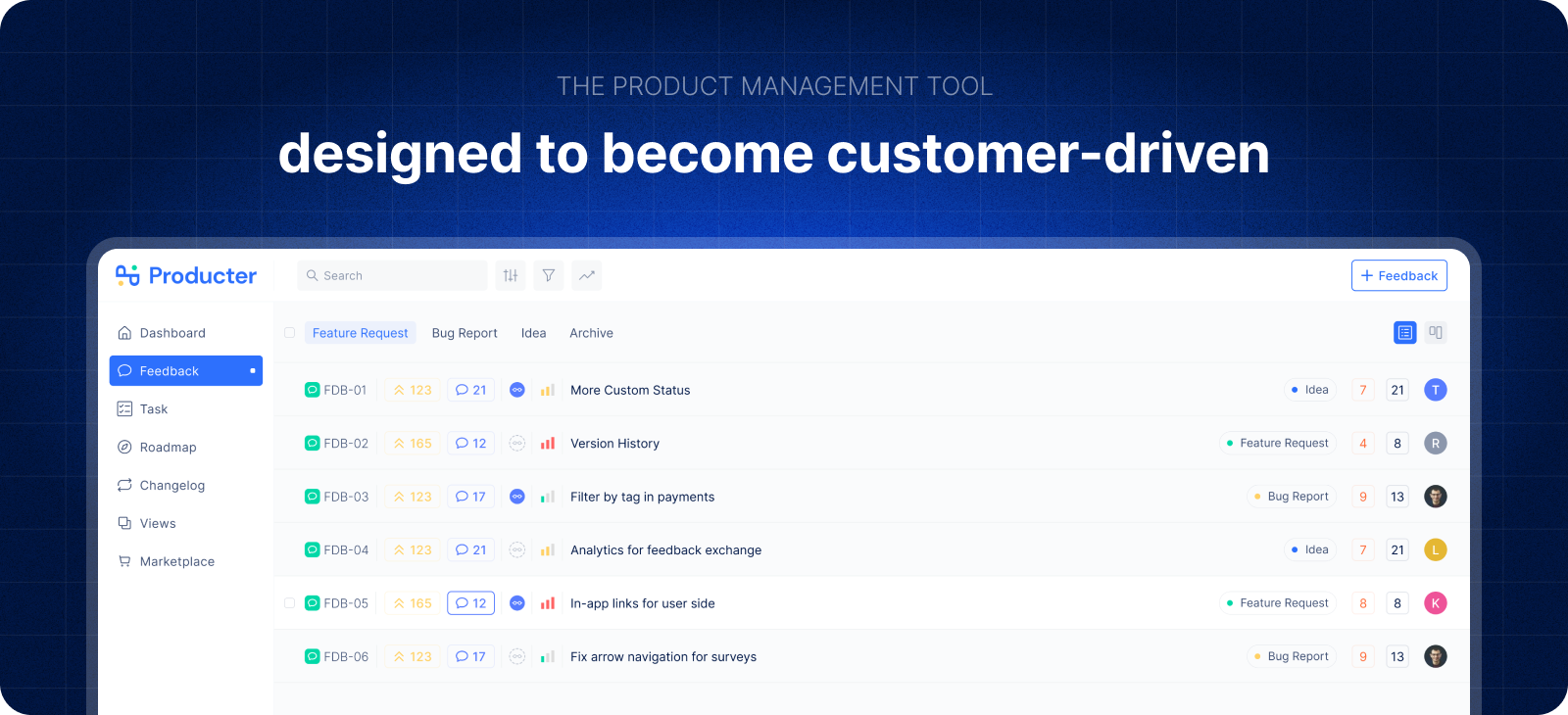In the dynamic realm of product management, success hinges on the ability to navigate the complexities of team collaboration and project execution.
To shed light on this crucial aspect, we interviewed with an accomplished Murat, Product Manager Lead, who has honed his expertise in leading high-performing teams and driving successful product outcomes.
Aspiring product managers and industry enthusiasts alike will find valuable insights as we explore the strategies employed by this seasoned leader to oversee the work of his team.
From fostering a culture of transparency to gaining a deeper understanding of each sprint adventure, it empowers a Product Manager Leader to make informed decisions, optimize processes, and inspire exceptional performance.
Jump right below to read the amazing explanatory and entertaining article.
1- Would you tell us a bit about you and your career path in product management
I am currently a Product Lead at Wolt. My career path to product management started at Accenture Technology Consulting as a senior analyst. After working on e-commerce and FMCG projects, I joined the Coca-Cola Company as a digital delivery manager for TCCA & MENA regions.
My first product management role happened with a project I have done for the Coca-Cola Company as well. We launched a loyalty app and I am assigned as a product manager where I needed to learn how to become a PM myself.
Later, I joined Pipedrive as a PM, where I improved my B2B product PM experience within the SaaS space.
2- Which part of being a product manager is the most challenging for you?
That’s a tricky question, honestly :). Because there is not a single answer to this. It might change based on the sector, the product you are looking for, at which stage the company is, and which level of PM you are. I would tell different things for different times of my career path so far.
What I have seen so far, though, is that PMs struggle to align on cross-team projects where you need to collaborate with multiple teams. There are different reasons for this.
The first thing is that each team has its own priority and workload, so you need to be sure that the project is also their priority. This is not easy as it sounds of course since you need to provide the impact and importance of the project and convince them.
The second thing is being on the same page. It is easy to just call out a feature and ask teams to do it. But it is not easy to understand the feature in deep and take out all cases users can face and plan your feature based on them with multiple teams. You need to understand end-to-end flow and capture all possible scenarios. For this to happen, all teams should understand the feature very clearly and document all possible cases and circulate that between the teams.
The third thing is the communication between the teams. After some time, changes can happen to the roadmaps of teams. Roadmaps are not persistent plans. They are open to change. However, when a team does that, it is also important to communicate this with other teams so other teams can understand the effect of this on themselves. I see there are quite inefficiencies about this at companies which cause delays or failure of the projects.

3- A Product team leader can more correctly assess the employees' sprint adventures if they have information on the kind of moves and changes they made while carrying out the assigned tasks during the sprint. How do you, as a product manager, oversee the work of your team?
Each product team has independence in how they want to work at Wolt. In our team, we work with sprints. As you mentioned in the question, we follow up our process and pace by using epics. Each epic is a project we have all tasks in it and we plan to finish them at some certain time frame. We don’t use points for tasks or epics though. Since we also have daily standups, we see if there is any problem causing a delay or slow down for the project and if there is, then we act on it to solve it. For me, the important thing is the overall picture than each individual task to plan other things such as testing, releasing, communication, or any other needs based on feature.
As a product person, I don’t think our duty is to follow task by task but to know how things moving forward on the epic level. It is important to plan each epic/project in detail so there is no confusion, misunderstanding, or missing case for the team. Our goal should be to understand the overall process, catch up at which point the team is, and do planning based on that.
4- Product managers find it difficult to evaluate the feedback gathered through various channels and to assign the appropriate feedback at the appropriate time. How are you handling this procedure?How do you follow the workflow of the development and product team?
It is difficult to capture all feedback and filter out. Based on the product, there are different channels you get feedback. Internal teams, support, NPS surveys, customer interviews, etc. On top of that, as a product person, you should consider the company vision, and your own product vision to reach your OKRs. You need to associate coming feedback with them so that you keep the direction of the steering wheel on the road.
I don’t keep them in a single place currently. There is no chance to do it for me right now :) . One place I use is Slack and I tag them and store them there. Another place is opening a ticket and following there. The last one is google drive for documented feedback.
In time I evaluate the impact, importance, and urgency of the topics. I try to understand them deeper if necessary and if I would like to take further action, then I share it with my team. We look at our plans and vision, then decide whether to do it or not. If the answer is yes, we move them to our backlog to plan for the future.

5- How do you manage and mitigate risks during product development?
Risks are always there. As a product person, you should be agile to change plans or act immediately when you face risks. But before that, it is possible to take some actions to reduce risks though. A very well-documented and communicated plan has lower risk than others. Also, it is always good to test out features before going live and after going live with limited users, city, country, etc., so that you can reduce the impact of risk, if any. There are tools to manage this process easily.
If we list a to-do for this, it can look like this;
- Create a well-defined project document with all cases together with touchpoints to other products
- Put a demo sessions with the team to check out whether the project is on track or not
- Test the project with QA to see if all system working as expected or not
- Create a rollout plan and start with a small user group to test out
Producter is a product management tool designed to become customer-driven.
It helps you collect feedback, manage tasks, sharing product updates, creating product docs, and tracking roadmap.






